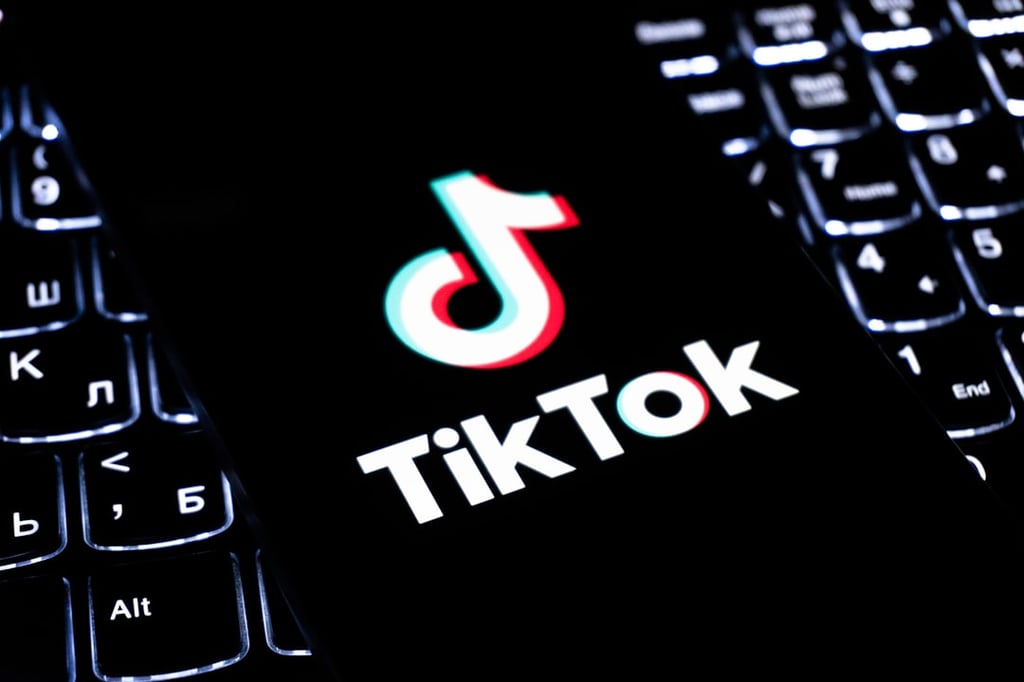Datamation content and product recommendations are
editorially independent. We may make money when you click on links
to our partners.
Learn More
What is amazing about the Apple iPad Pro is that, from a hardware standpoint, it is basically a netbook once you add the keyboard. The Microsoft Surface Pro, on the other hand, is essentially a convertible Windows tablet.
If we were living a decade ago, the iPad Pro/netbook would be a not-so-funny joke that we wouldn’t buy. But a lot has changed over the last ten to first years. Same with Surface: Windows laptops in the 12” range and Windows convertible tablets would also have seemed like a bad joke ten years ago.
Now here we are in 2015 and both products are viable and attractive, strangely, for similar reasons. There are lessons here n perseverance from Microsoft and in waiting until the technology is ready from Apple that we should remember and learn from.
How could two initially failed designs change the laptop landscape?
Netbook vs. Windows Convertible Tablet
Both products were good ideas badly executed. The netbook was generally a very inexpensive laptop using an early version of Intel Atom or ARM processors that booted and ran a couple applications. Its one “feature” was that it was cheap. But with a tiny screen, mediocre keyboard and an inability to run much in the way of applications, it was largely stillborn.
The 2000-era Windows tablet came in two forms: the slate and the convertible. The slate, which enjoyed some success in vertical markets, was the most focused, while the convertible was supposed to be a laptop that could change into a tablet. The problem was that it had horrid battery life, it was heavy and it was relatively expensive. You paid a premium for what was an inferior experience. After a better initial spike than the netbook had, the design faded into really small shipment numbers similar to netbooks.
Interestingly, both products typically had screens at or below 12″. Buyers really didn’t like the idea of either having a lower-resolution cheap 12” screen on netbooks or paying extra to have a smaller high resolution touchscreen on a laptop that could occasionally become a heavy and expensive tablet.
iPad Pro vs. Surface Pro
But the market learned from both products. Apple’s iPad Pro is a netbook without the compromises of a netbook, and the Surface Pro is a convertible Windows tablet without the expense, heavy design or poor battery life.
Because the iPad Pro is coming up from an iPad, the screen looks big and uncompromised to buyers. Because the Surface Pro has a current-generation Intel processor, the battery life and carry weight are acceptable, and the product performs well as either a tablet or a full-fledged laptop computer.
Both products could use some help with their keyboards. The iPad Pro keyboard needs to be lit and should have a touch pad (so it works more like a laptop and you don’t cover the screen with fingerprints), while the Surface Pro keyboard needs to be a bit more robust and could use a bigger/better touchpad.
In use the iPad Pro gets access to all of the iPad apps but won’t run Mac applications that haven’t been ported to it. Microsoft is light on the apps available to iOS and Android but has far more legacy business apps that will run on Windows. Both products have decent browsers, and most recently, both will a version of Microsoft Office.
Thinking back about all the folks I watched struggling and then giving up trying to use the iPad for work and all of us that wanted to love the Windows tablet but ended up hating it, the iPad Pro and Surface Pro are collectively what we wanted all of the time.
However, these product still force an ugly choice.
Ideally we’d like to have all of the tablet apps from the iPad Pro and all of the legacy apps on the Surface Pro on one product. You can get a Windows emulator for the Mac, but there isn’t enough performance headroom to run one on the iPad or iPad Pro. There is plenty of headroom on the Surface Pro to run an emulator, but Apple won’t license one. Instead, Microsoft has created a developers platform, making migrating it brain-dead easy to port iOS and Android apps to, but developers still have to do the work.
Ideas Whose Time Has Come
It is kind of funny how things work out. The idea of a tablet that could morph into a lightweight laptop with great battery life has always been attractive. The netbook was light and inexpensive, but it was also cheaply built and didn’t run much. The Windows convertible notebook was well built and would run a lot of apps, but it was excessively expensive, heavy, and had poor battery life. Both have been replaced with far more capable products in the iPad Pro and the Surface Pro, which are well matched. However, this is the iPad Pro version 1.0 and the Surface Pro 3.0. The Surface Pro 4.0is due shortly, and I expect Apple will make some huge improvements in less than a year with the iPad Pro 2.0.
In any case we move from a couple of lousy choices in the netbook and the Windows convertible to a couple decent products in the iPad Pro and Surface Pro. It’s funny how failures can be turned into successes if the vendors just listen to the market and build what folks actually want.
I’d suggest waiting until Surface Pro 4 ships, but then check out both products and pick the one that best fits your needs. If things go as I expect, in a few short years, a future version of one of these products will likely replace the laptop as our preferred work PC. Stranger things have happened.
Photo courtesy of Shutterstock.
-
Ethics and Artificial Intelligence: Driving Greater Equality
FEATURE | By James Maguire,
December 16, 2020
-
AI vs. Machine Learning vs. Deep Learning
FEATURE | By Cynthia Harvey,
December 11, 2020
-
Huawei’s AI Update: Things Are Moving Faster Than We Think
FEATURE | By Rob Enderle,
December 04, 2020
-
Keeping Machine Learning Algorithms Honest in the ‘Ethics-First’ Era
ARTIFICIAL INTELLIGENCE | By Guest Author,
November 18, 2020
-
Key Trends in Chatbots and RPA
FEATURE | By Guest Author,
November 10, 2020
-
Top 10 AIOps Companies
FEATURE | By Samuel Greengard,
November 05, 2020
-
What is Text Analysis?
ARTIFICIAL INTELLIGENCE | By Guest Author,
November 02, 2020
-
How Intel’s Work With Autonomous Cars Could Redefine General Purpose AI
ARTIFICIAL INTELLIGENCE | By Rob Enderle,
October 29, 2020
-
Dell Technologies World: Weaving Together Human And Machine Interaction For AI And Robotics
ARTIFICIAL INTELLIGENCE | By Rob Enderle,
October 23, 2020
-
The Super Moderator, or How IBM Project Debater Could Save Social Media
FEATURE | By Rob Enderle,
October 16, 2020
-
Top 10 Chatbot Platforms
FEATURE | By Cynthia Harvey,
October 07, 2020
-
Finding a Career Path in AI
ARTIFICIAL INTELLIGENCE | By Guest Author,
October 05, 2020
-
CIOs Discuss the Promise of AI and Data Science
FEATURE | By Guest Author,
September 25, 2020
-
Microsoft Is Building An AI Product That Could Predict The Future
FEATURE | By Rob Enderle,
September 25, 2020
-
Top 10 Machine Learning Companies 2021
FEATURE | By Cynthia Harvey,
September 22, 2020
-
NVIDIA and ARM: Massively Changing The AI Landscape
ARTIFICIAL INTELLIGENCE | By Rob Enderle,
September 18, 2020
-
Continuous Intelligence: Expert Discussion [Video and Podcast]
ARTIFICIAL INTELLIGENCE | By James Maguire,
September 14, 2020
-
Artificial Intelligence: Governance and Ethics [Video]
ARTIFICIAL INTELLIGENCE | By James Maguire,
September 13, 2020
-
IBM Watson At The US Open: Showcasing The Power Of A Mature Enterprise-Class AI
FEATURE | By Rob Enderle,
September 11, 2020
-
Artificial Intelligence: Perception vs. Reality
FEATURE | By James Maguire,
September 09, 2020
SEE ALL
ARTICLES







